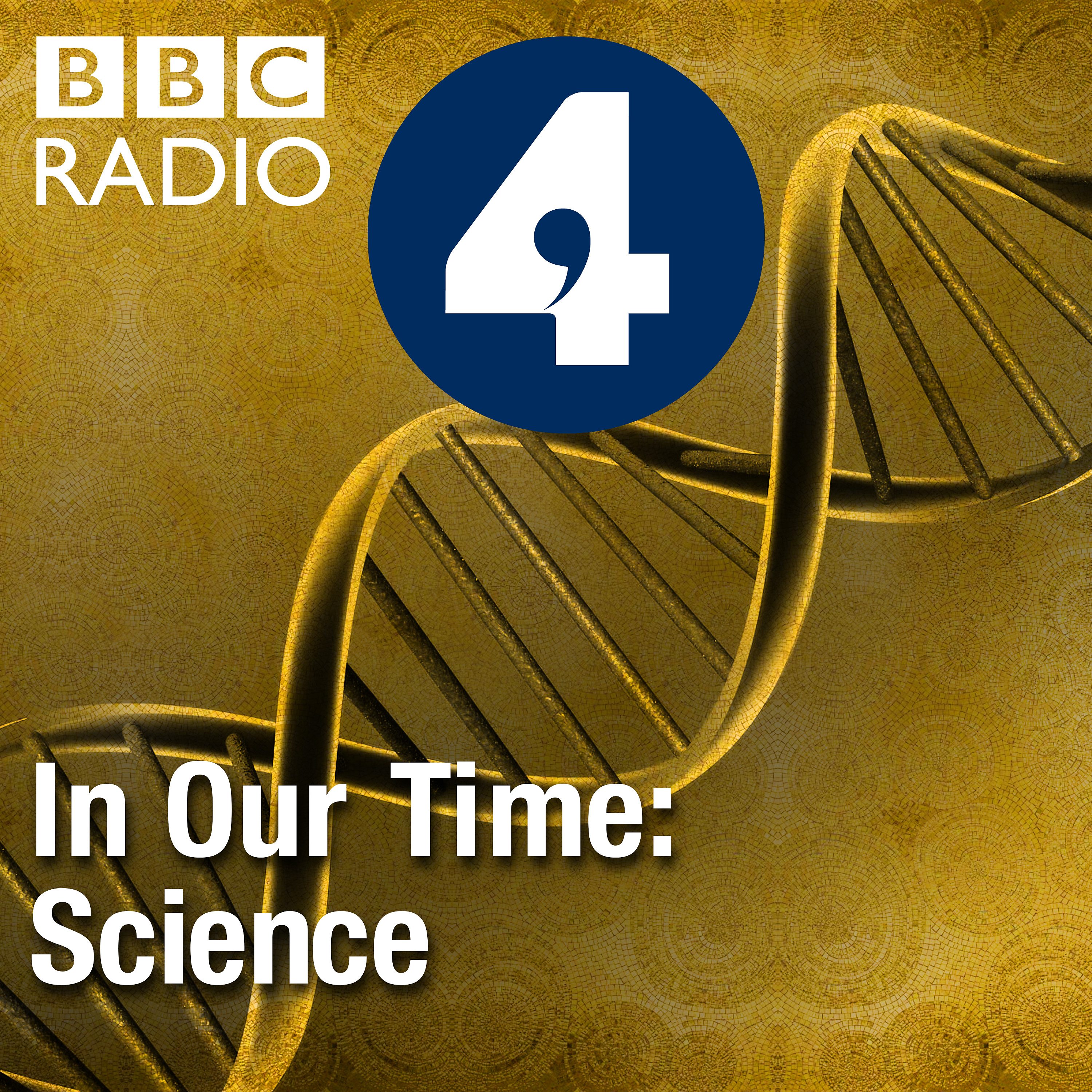
Deep Dive
How large is the universe, and why might wormholes be desirable?
The universe is approximately 14 billion years old and spans tens of billions of light years. Wormholes could act as shortcuts, allowing travel across vast distances that would otherwise take billions of years to traverse.
What is the relationship between black holes and wormholes?
The full mathematical solution for a black hole includes a wormhole, which connects two separate universes. However, it is a one-way trip, as anything entering the black hole would be torn apart by tidal forces before reaching the other universe.
What exotic matter is required to support wormholes?
Wormholes require matter with negative energy, which is not found in classical physics but is allowed in quantum mechanics. The Casimir effect is an example of quantum phenomena that can produce negative energy.
What would a traversable wormhole look like?
A traversable wormhole would resemble a large spherical portal, with extreme distortions of space around it. Light could pass through, allowing travelers to see the other side, but the destination could be another part of the universe or a completely separate universe.
Why are wormholes considered unlikely to exist?
Wormholes require exotic matter with negative energy, which has not been observed in nature. Additionally, the immense amounts of mass needed to create a wormhole large enough for human travel make their existence highly improbable.
What role do computer simulations play in studying wormholes?
Computer simulations allow researchers to explore the behavior of wormholes and exotic matter without physical experiments. They help test stability and predict observable signals, such as gravitational waves from hypothetical wormhole mergers.
What did Einstein and Rosen contribute to the concept of wormholes?
Einstein and Rosen proposed 'bridges between sheets,' now known as wormholes, as a way to explain particles in a classical framework. While their idea did not work for particles, it laid the foundation for modern wormhole physics.
How does general relativity describe space-time compared to Newton's theories?
General relativity unifies space and time into a single entity called space-time, which can be distorted by matter. Unlike Newton's fixed grid, space-time is dynamic and actively participates in the universe's structure.
What is the significance of the Casimir effect in relation to wormholes?
The Casimir effect demonstrates that quantum mechanics allows for negative energy, which is essential for the theoretical existence of wormholes. This exotic energy could support the curvature of space-time required for wormholes.
What challenges arise when trying to unify quantum physics and classical physics?
Quantum physics describes particles taking all possible paths with probabilistic outcomes, while classical physics predicts deterministic paths. Unifying these theories is difficult because general relativity, a classical theory, may need to be an approximation of an unknown quantum theory.
Shownotes Transcript
Melvyn Bragg and guests discuss the tantalising idea that there are shortcuts between distant galaxies, somewhere out there in the universe. The idea emerged in the context of Einstein's theories and the challenge has been not so much to prove their unlikely existence as to show why they ought to be impossible. The universe would have to folded back on itself in places, and there would have to be something to make the wormholes and then to keep them open. But is there anywhere in the vast universe like that? Could there be holes that we or more advanced civilisations might travel through, from one galaxy to another and, if not, why not?
With
Toby Wiseman Professor of Theoretical Physics at Imperial College London
Katy Clough Senior Lecturer in Mathematics at Queen Mary, University of London
And
Andrew Pontzen Professor of Cosmology at Durham University
Producer: Simon Tillotson
Reading list:
Jim Al-Khalili, Black Holes, Wormholes and Time Machines (Taylor & Francis, 1999)
Andrew Pontzen, The Universe in a Box: Simulations and the Quest to Code the Cosmos (Riverhead Books, 2023)
Claudia de Rham, The Beauty of Falling: A Life in Pursuit of Gravity (Princeton University Press, 2024)
Carl Sagan, Contact (Simon and Schuster, 1985)
Kip Thorne, Black Holes & Time Warps: Einstein's Outrageous Legacy (W. W. Norton & Company, 1994)
Kip Thorne, Science of Interstellar (W. W. Norton & Company, 2014)
Matt Visser, Lorentzian Wormholes: From Einstein to Hawking (American Institute of Physics Melville, NY, 1996)
In Our Time is a BBC Studios Audio Production